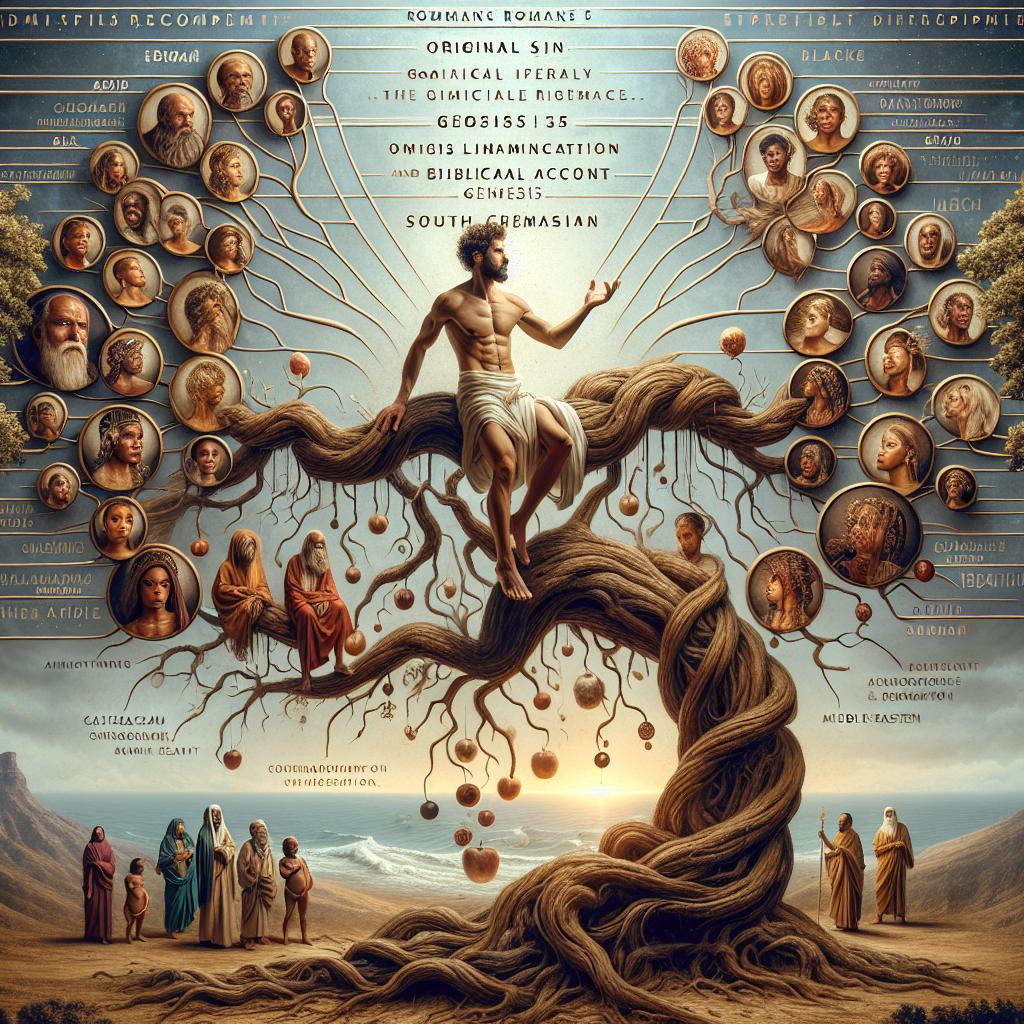
Unlocking Romans 5: Paul's Literal Insights into Adam's Impact
Published: 13 July 2024
Romans 5: Paul's View of a Literal Adam
The apostle Paul's view of a literal Adam is an important aspect of his theological argument in Romans 5:12–21. This passage contrasts the historical Adam with the historical Jesus and underscores the significance of Adam's role in human history. While some theologians argue for a non-literal interpretation of Adam, Scripture itself supports the view that Adam was a real, historical individual.
Preceding Context
To fully grasp the significance of Romans 5:12–21, it is essential to understand the preceding context. In Romans, Paul builds an argument about humanity's sinfulness and God's provision for salvation through Jesus Christ. He establishes that all people, both Gentiles and Jews, are under condemnation because of their sinfulness. However, through faith in Jesus Christ, people can be justified and reconciled with God.
Two Races of Mankind
In Romans 5:12–21, Paul presents the idea that there are two races of mankind: those who belong to Adam and those who belong to Christ. This concept emphasizes the far-reaching consequences of Adam's disobedience and Christ's obedience. Just as Adam's sin resulted in death for all who came after him, Christ's sacrifice brings life to all who believe in Him.
Sin and Righteousness
Throughout this passage, Paul uses a typology that requires both Adam and Christ to be equally historical figures. He argues that both individuals had real and lasting consequences in human history. In Paul's understanding, sin and righteousness are legal terms rather than moral ones. Justification refers to a legal declaration of righteousness, not an infusion of personal righteousness.
Importance of a Historical Adam
Paul's theological argument in Romans relies on the historicity of Adam. He sees Adam as a type or figure prefiguring Christ. Without a real historical Adam who committed an actual sin resulting in death, the contrast between Adam and Christ loses its meaning. Paul's understanding of the Fall and its consequences is foundational to his understanding of the Gospel.
Other Biblical References
Paul's view of a historical Adam is not limited to Romans. In 1 Corinthians 15, he refers to Jesus as the "Last Adam" who brings resurrection, contrasting him with the first man, Adam, who brought death. Additionally, in 1 Timothy 2, Paul appeals to the order of creation and the events involving Adam and Eve to teach about the roles of men and women in the church.
Why This Matters
The historicity of Adam is crucial for understanding the biblical account of humanity's fall into sin and its implications for salvation through Jesus Christ. It provides a foundation for Paul's theological arguments and underscores the significance of Jesus' sacrificial death and resurrection.
Think About It
Consider the implications of viewing Adam as a symbolic or non-literal figure rather than a historical individual. How does this affect our understanding of sin, salvation, and the overall message of the Gospel? Reflect on the importance of a historical Adam in light of Paul's teachings in Romans and other biblical passages.
